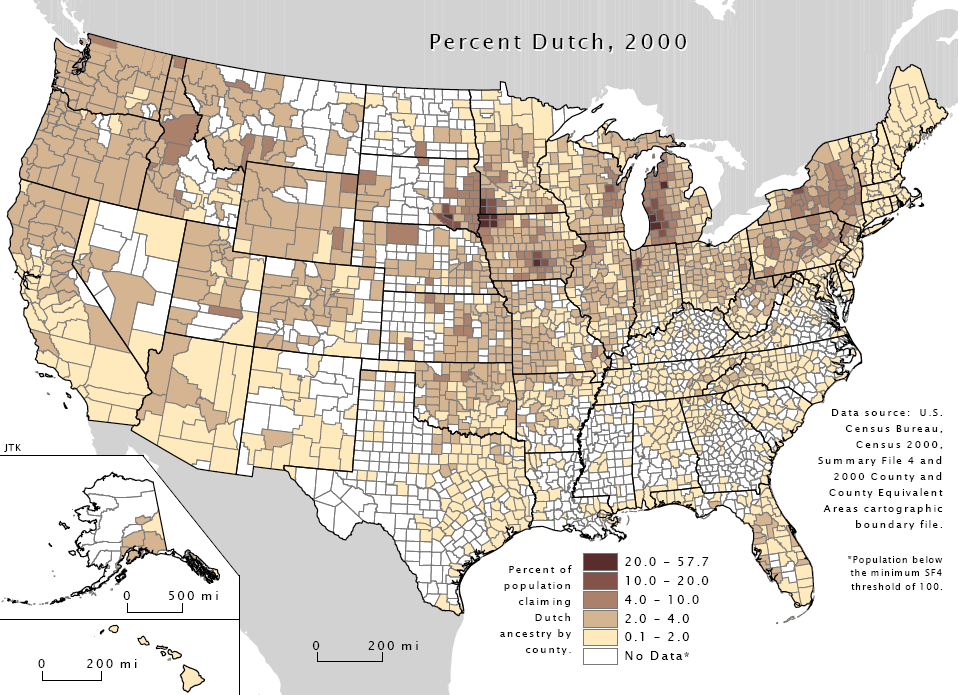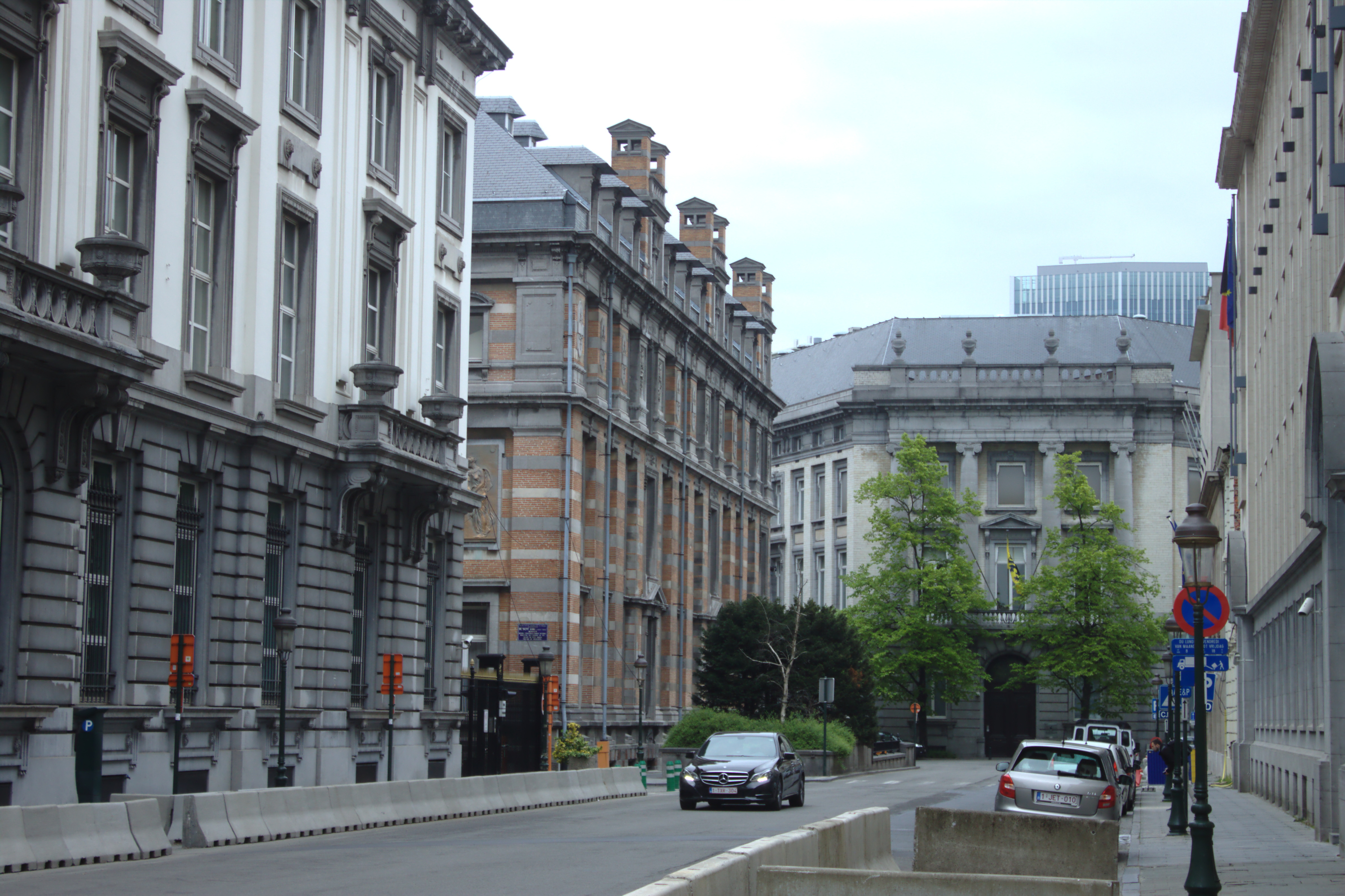|
Gazette Van Detroit
The ''Gazette van Detroit'' ("Gazette of Detroit") was a Flemish newspaper in Dutch and English, published in the United States since 13 August 1914. It was aimed at Flemish immigrants and their descendants living in the United States and Canada, but latterly also some subscribers in Europe. Its parent company was a 501(c)(3) U.S. Internal Revenue Service recognized non-profit called Belgian Publishing Inc. Its final chairman was David Baeckelandt. The newspaper was published by "Belgian Publishing Inc." at 18740 13 Mile Road in Roseville, Michigan. The ''Gazette van Detroit'' first appeared as a weekly newspaper, later it became bi-weekly, and finally monthly. It had become an online-only paper before its ultimate demise. It was the longest lasting Belgian American newspaper, outlasting the ''Gazette van Moline'' at Moline, Illinois (1907–40). The newspaper's original mission statement, published in an article entitled "The Light for the People" (''Het Licht voor 't Volk'') set ... [...More Info...] [...Related Items...] OR: [Wikipedia] [Google] [Baidu] |
Newspaper
A newspaper is a periodical publication containing written information about current events and is often typed in black ink with a white or gray background. Newspapers can cover a wide variety of fields such as politics, business, sports and art, and often include materials such as opinion columns, weather forecasts, reviews of local services, obituaries, birth notices, crosswords, editorial cartoons, comic strips, and advice columns. Most newspapers are businesses, and they pay their expenses with a mixture of subscription revenue, newsstand sales, and advertising revenue. The journalism organizations that publish newspapers are themselves often metonymically called newspapers. Newspapers have traditionally been published in print (usually on cheap, low-grade paper called newsprint). However, today most newspapers are also published on websites as online newspapers, and some have even abandoned their print versions entirely. Newspapers developed in the 17th century ... [...More Info...] [...Related Items...] OR: [Wikipedia] [Google] [Baidu] |
Moline, Illinois
Moline ( ) is a city located in Rock Island County, Illinois, United States. With a population of 42,985 in 2020, it is the largest city in Rock Island County. Moline is one of the Quad Cities, along with neighboring East Moline, Illinois, East Moline and Rock Island, Illinois, Rock Island in Illinois and the cities of Davenport, Iowa, Davenport and Bettendorf, Iowa, Bettendorf in Iowa. The Quad Cities have an estimated population of 381,342. The city is the ninth-most populated city in Illinois outside the Chicago Metropolitan Area. The John Deere World Headquarters, corporate headquarters of Deere & Company is located in Moline, as was Montgomery Elevator, which was founded and headquartered in Moline until 1997, when it was acquired by Kone Elevator, which has its U.S. Division headquartered in Moline. Quad City International Airport, Black Hawk College, and the Quad Cities campus of Western Illinois University-Quad Cities are located in Moline. Moline is a retail hub for the Il ... [...More Info...] [...Related Items...] OR: [Wikipedia] [Google] [Baidu] |
Dutch-language Newspapers Published In The United States
Dutch ( ) is a West Germanic language spoken by about 25 million people as a first language and 5 million as a second language. It is the third most widely spoken Germanic language, after its close relatives German and English. ''Afrikaans'' is a separate but somewhat mutually intelligible daughter languageAfrikaans is a daughter language of Dutch; see , , , , , . Afrikaans was historically called Cape Dutch; see , , , , , . Afrikaans is rooted in 17th-century dialects of Dutch; see , , , . Afrikaans is variously described as a creole, a partially creolised language, or a deviant variety of Dutch; see . spoken, to some degree, by at least 16 million people, mainly in South Africa and Namibia, evolving from the Cape Dutch dialects of Southern Africa. The dialects used in Belgium (including Flemish) and in Suriname, meanwhile, are all guided by the Dutch Language Union. In Europe, most of the population of the Netherlands (where it is the only official language spoken countrywi ... [...More Info...] [...Related Items...] OR: [Wikipedia] [Google] [Baidu] |
Dutch-American Culture In Michigan
Dutch Americans ( nl, Nederlandse Amerikanen) are Americans of Dutch descent whose ancestors came from the Netherlands in the recent or distant past. Dutch settlement in the Americas started in 1613 with New Amsterdam, which was exchanged with the English for Suriname at the Treaty of Breda (1667) and renamed New York City. The English split the Dutch colony of New Netherland into two pieces and named them New York and New Jersey. Further waves of immigration occurred in the 19th and 20th centuries. Prominent (partial) Dutch American political figures include Presidents Martin Van Buren, Warren G. Harding, and Theodore and Franklin D. Roosevelt and U.S. Senators Philip Schuyler, Nicholas Van Dyke, Hamilton Fish, John C. Ten Eyck, Daniel W. Voorhees, Arthur Vandenberg, Peter G. Van Winkle, Alan Simpson, Fred Thompson, John Hoeven, and Christopher Van Hollen. Two of the Founding Fathers of the United States, Egbert Benson and John Jay, were also of Dutch descent. Governors J ... [...More Info...] [...Related Items...] OR: [Wikipedia] [Google] [Baidu] |
Belgian-American Culture In Michigan
Belgian Americans are Americans who can trace their ancestry to people from Belgium who immigrated to the United States. While the first natives of the then-Southern Netherlands arrived in America in the 17th century, the majority of Belgian immigrants arrived during the 19th and 20th centuries. According to the 2019 US census, there are 339,512 Americans who identify themselves as partially or fully of Belgian ancestry. History During the 17th century, colonists from the Southern Netherlands (the area of modern-day Belgium) lived in several of the Thirteen Colonies of North America. Settlements already existed in New York — in Wallabout (Brooklyn), on Long Island and Staten Island—and New Jersey (Hoboken, Jersey City, Pavonia, Communipaw, and Wallkill). Later, other settlers moved into the Middle States. Many names are derived from the Walloon reformed immigrants who settled there and the Dutch versions of Walloon words used to describe a locale. There were also So ... [...More Info...] [...Related Items...] OR: [Wikipedia] [Google] [Baidu] |
Defunct Newspapers Published In Michigan
{{Disambiguation ...
Defunct (no longer in use or active) may refer to: * ''Defunct'' (video game), 2014 * Zombie process or defunct process, in Unix-like operating systems See also * * :Former entities * End-of-life product * Obsolescence Obsolescence is the state of being which occurs when an object, service, or practice is no longer maintained or required even though it may still be in good working order. It usually happens when something that is more efficient or less risky r ... [...More Info...] [...Related Items...] OR: [Wikipedia] [Google] [Baidu] |
Flemish Parliament
The Flemish Parliament (Dutch: , formerly called Flemish Council or ''Vlaamse Raad'') constitutes the legislative power in Flanders for matters which fall within the competence of Flanders, both as a geographic region and as a cultural community of Belgium (unlike the French Community and Wallonia, which each have separate legislatures: the Parliament of the French Community and the Parliament of Wallonia). The Flemish Parliament approves decrees, which are Flemish laws, applicable to all persons in the Flemish Region, and to Flemish institutions in Brussels; it appoints and supervises the Flemish Government; and it approves the Flemish budget. The Flemish Parliament meets in the Flemish Parliament building in central Brussels, and its members and staff are housed in the House of the Flemish Representatives. History From 1830 until 1970 Belgium was a unitary state with a single government and a bicameral national parliament. The laws issued by Parliament applied to all Belgia ... [...More Info...] [...Related Items...] OR: [Wikipedia] [Google] [Baidu] |
Vlaamse Radio- En Televisieomroep
The VRT (), is the national public-service broadcaster for the Flemish Community of Belgium. History VRT is the successor to a succession of organisations. The Belgian National Institute of Radio Broadcasting was known as the Nationaal Instituut voor de Radio-omroep (NIR) in Flemish and the L'Institut National de Radiodiffusion (INR) in French, was founded in 1930 and existed until 1960. This became the Belgische Radio- en Televisieomroep (BRT) in 1960 and the Belgische Radio- en Televisieomroep Nederlandstalige Uitzendingen (BRTN) from 1991 to 1998. The NIR/INR and BRT (Radio-Télévision Belge, or RTB, in French) had each been single state-owned entities with separate Dutch- and French-language production departments. They were housed in Le Flagey, formerly known as the Maison de la Radio, from when the new building was completed in 1938 until 1974, when the building became too small. However, in 1977, as part of the ongoing state reform in Belgium broadcasting became r ... [...More Info...] [...Related Items...] OR: [Wikipedia] [Google] [Baidu] |
Flemish Government
The Flemish Government ( nl, Vlaamse regering ) is the executive branch of the Flemish Community and the Flemish Region of Belgium. It consists of a government cabinet, headed by the Minister-President and accountable to the Flemish Parliament, and the public administration (civil service) divided into 13 policy areas, each with an executive department and multiple agencies. The Flemish Government cabinet consists of up to a maximum of eleven ministers, chosen by the Flemish Parliament. At least one minister must come from Brussels. The ministers are drawn from the political parties which, in practice, form the governing coalition. The Government is chaired by the Flemish Minister-President. Ministers head executive departments of the government administration. Ministers must defend their policies and performance in person before the Flemish Parliament. The Flemish Government must receive and keep the confidence of the Flemish Parliament. Until 1993 the Flemish Government was ca ... [...More Info...] [...Related Items...] OR: [Wikipedia] [Google] [Baidu] |
Belgian American
Belgian Americans are Americans who can trace their ancestry to people from Belgium who immigrated to the United States. While the first natives of the then-Southern Netherlands arrived in America in the 17th century, the majority of Belgian immigrants arrived during the 19th and 20th centuries. According to the 2019 US census, there are 339,512 Americans who identify themselves as partially or fully of Belgian ancestry. History During the 17th century, colonists from the Southern Netherlands (the area of modern-day Belgium) lived in several of the Thirteen Colonies of North America. Settlements already existed in New York — in Wallabout (Brooklyn), on Long Island and Staten Island—and New Jersey (Hoboken, Jersey City, Pavonia, Communipaw, and Wallkill). Later, other settlers moved into the Middle States. Many names are derived from the Walloon reformed immigrants who settled there and the Dutch versions of Walloon words used to describe a locale. There were also So ... [...More Info...] [...Related Items...] OR: [Wikipedia] [Google] [Baidu] |
Roseville, Michigan
Roseville is a city in Macomb County in the U.S. state of Michigan, and is a part of the Metro Detroit area. The population was 47,299 at the 2010 census. Until 1958, Roseville was a part of Erin Township. History The first permanent post office in the area was established in 1840 by William Rose who named it the Roseville Post Office in honor of his father Dennison Rose, a veteran of the War of 1812. The Village of Roseville was incorporated in 1926 and the Municipal Building was constructed in 1929 at Gratiot Avenue and Meier Road. This replaced the Erin Township Building that was built near the corner of 11 Mile Road and Gratiot in 1886. The 1929 building housed administrative offices as well as the police and fire departments until the 1960s when separate police and fire stations were constructed. City offices remained in the building until 1974. Michigan's first commercial airport, Packard Field, opened at Gratiot Avenue and Frazho Road in 1919. It was renamed Grat ... [...More Info...] [...Related Items...] OR: [Wikipedia] [Google] [Baidu] |





.png)
